Rising Demand for Electric Vehicles
The increasing consumer preference for electric vehicles (EVs) is a primary driver of the Electric Drive Unit Market. As environmental concerns gain prominence, more consumers are opting for EVs over traditional internal combustion engine vehicles. In 2025, the sales of electric vehicles are projected to reach approximately 10 million units, indicating a robust growth trajectory. This surge in demand necessitates the development and production of efficient electric drive units, which are integral to the performance and efficiency of EVs. Consequently, manufacturers are investing heavily in research and development to enhance the capabilities of electric drive units, thereby propelling the market forward. The Electric Drive Unit Market is thus positioned to benefit significantly from this trend, as automakers strive to meet the evolving expectations of environmentally conscious consumers.
Government Regulations and Incentives
Government regulations aimed at reducing carbon emissions are significantly influencing the Electric Drive Unit Market. Many countries have implemented stringent emission standards, compelling automakers to transition towards electric mobility solutions. For instance, several nations have set ambitious targets to phase out gasoline and diesel vehicles by 2030 or 2040. Additionally, various incentives, such as tax rebates and subsidies for electric vehicle purchases, are further stimulating market growth. In 2025, it is estimated that over 50 countries will have established policies promoting electric vehicle adoption, thereby increasing the demand for electric drive units. This regulatory landscape not only encourages manufacturers to innovate but also enhances consumer confidence in electric vehicles, ultimately driving the Electric Drive Unit Market forward.
Increased Investment in Electric Mobility
Investment in electric mobility is a significant driver of the Electric Drive Unit Market. As stakeholders recognize the potential of electric vehicles to transform transportation, funding for electric mobility initiatives has surged. In 2025, it is estimated that investments in electric vehicle technology and infrastructure will exceed 300 billion dollars, reflecting a strong commitment to sustainable transportation solutions. This influx of capital is enabling manufacturers to innovate and scale production of electric drive units, thereby enhancing their capabilities and reducing costs. Furthermore, partnerships between automakers and technology firms are becoming increasingly common, fostering collaboration that accelerates advancements in electric drive unit technology. The Electric Drive Unit Market is thus poised for substantial growth, driven by this wave of investment and innovation.
Growing Infrastructure for Electric Vehicles
The expansion of charging infrastructure is a vital driver for the Electric Drive Unit Market. As more charging stations are established, the convenience of owning an electric vehicle increases, thereby encouraging consumer adoption. In 2025, it is anticipated that the number of public charging stations will exceed 1 million globally, facilitating easier access to charging for electric vehicle owners. This growing infrastructure not only alleviates range anxiety but also supports the overall growth of the electric vehicle market. Consequently, as the demand for electric vehicles rises, so too does the need for efficient electric drive units, which are essential for optimizing vehicle performance. The Electric Drive Unit Market stands to gain significantly from this trend, as enhanced infrastructure fosters a more favorable environment for electric vehicle adoption.
Technological Innovations in Electric Drive Units
Technological advancements in electric drive units are a crucial driver for the Electric Drive Unit Market. Innovations such as improved battery technologies, enhanced power electronics, and advanced motor designs are contributing to the efficiency and performance of electric drive units. For example, the development of solid-state batteries is expected to increase energy density and reduce charging times, making electric vehicles more appealing to consumers. In 2025, the market for electric drive units is projected to grow at a compound annual growth rate of over 15%, largely due to these technological innovations. As manufacturers continue to invest in cutting-edge technologies, the Electric Drive Unit Market is likely to experience accelerated growth, driven by the demand for high-performance electric vehicles.


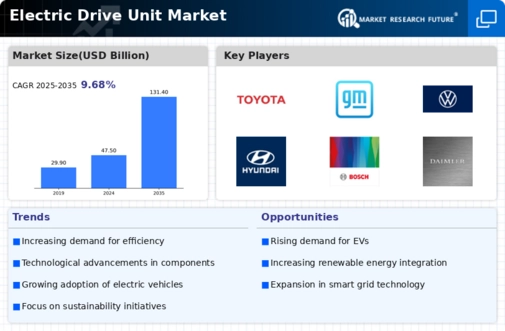
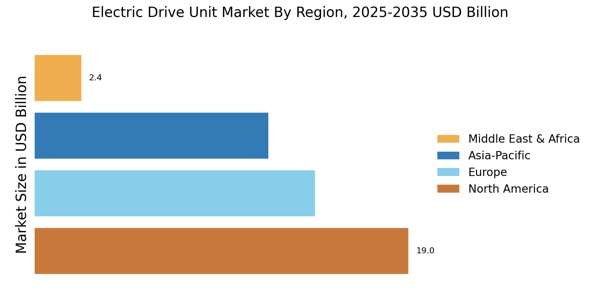
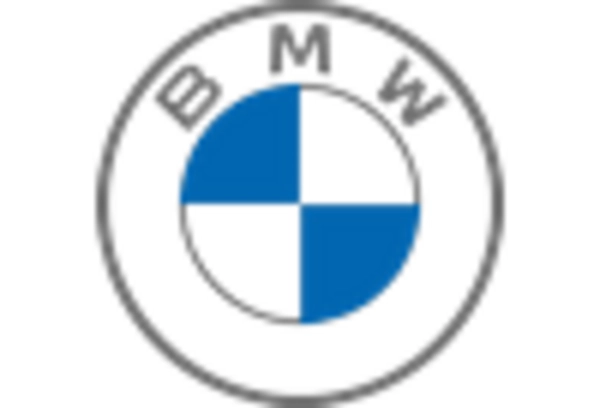
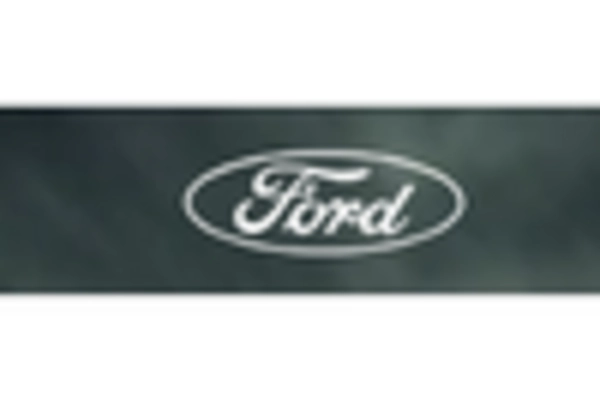

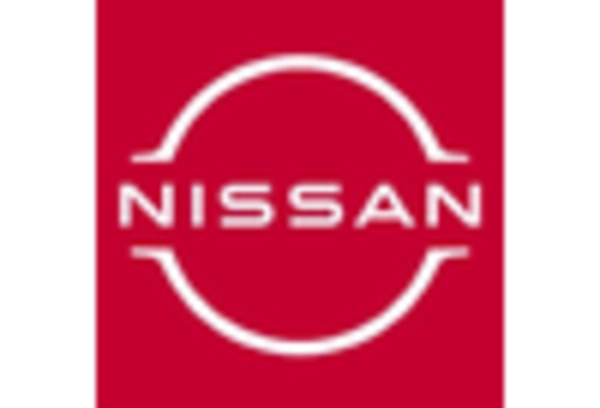










Leave a Comment